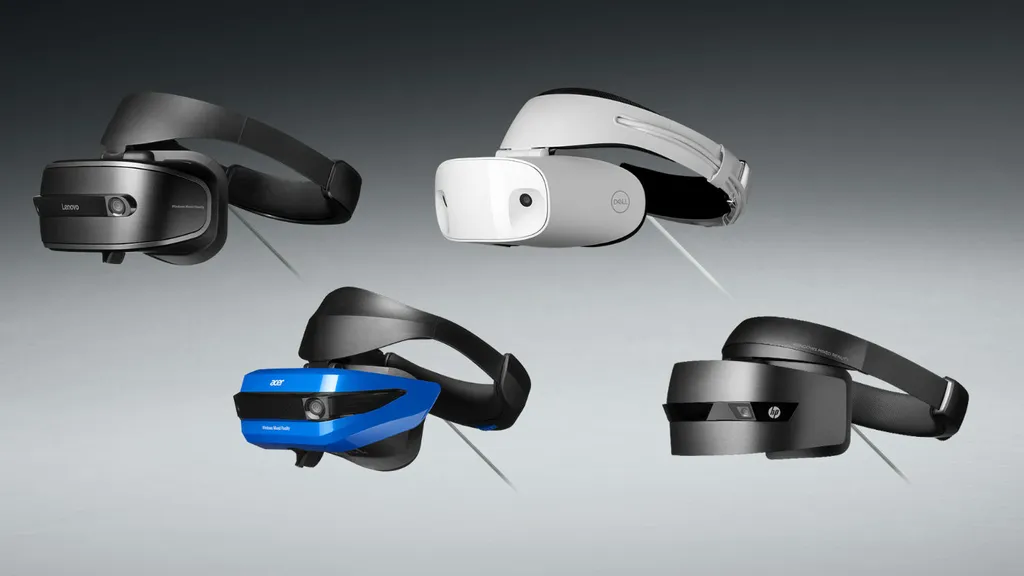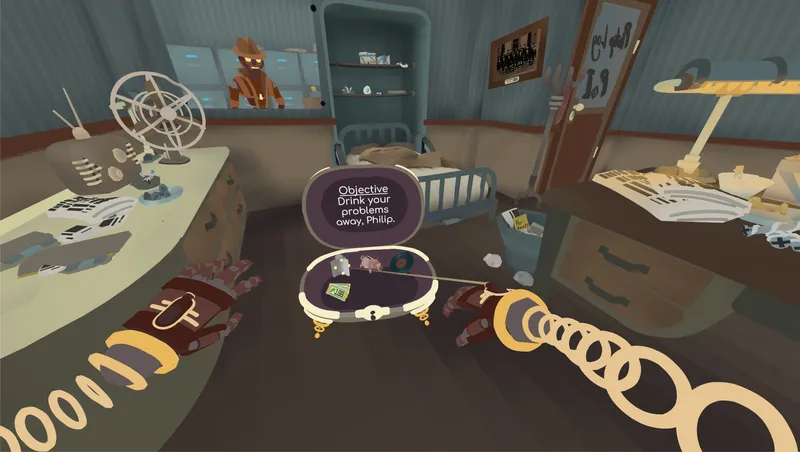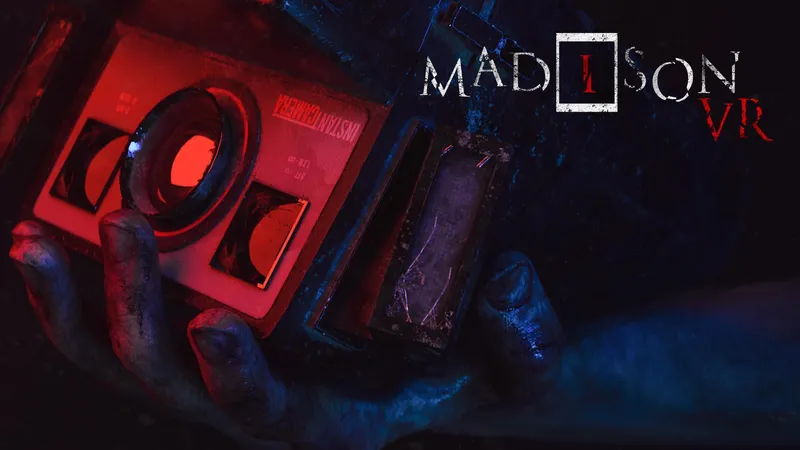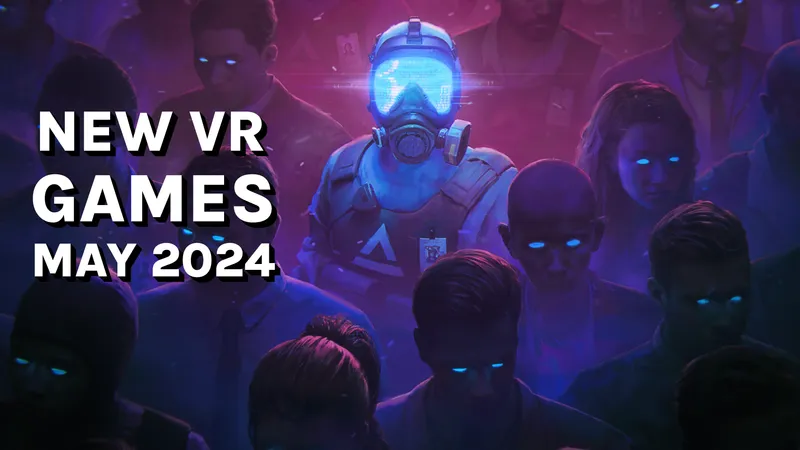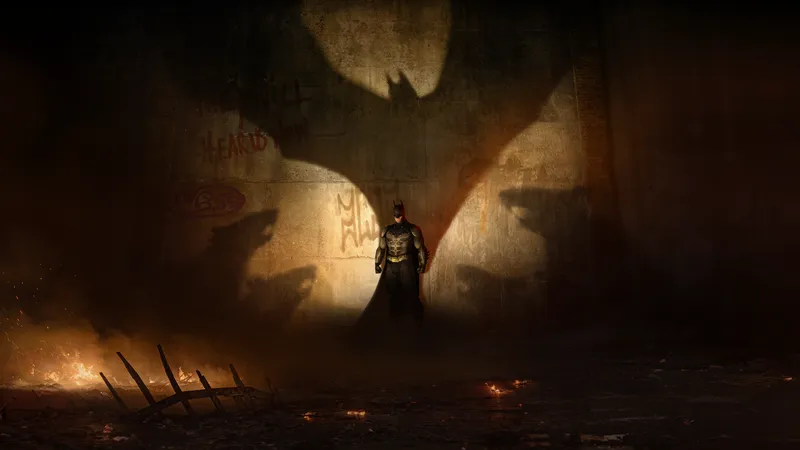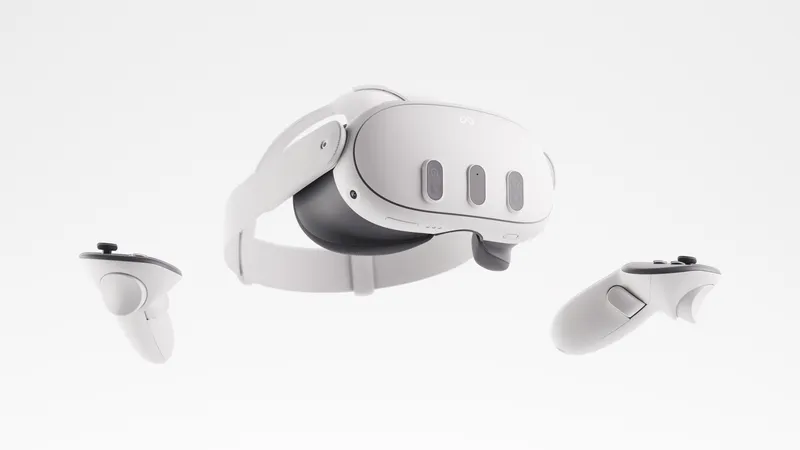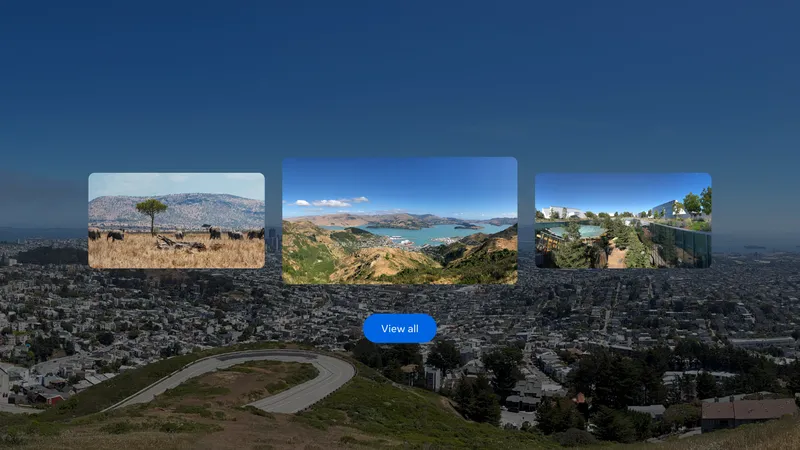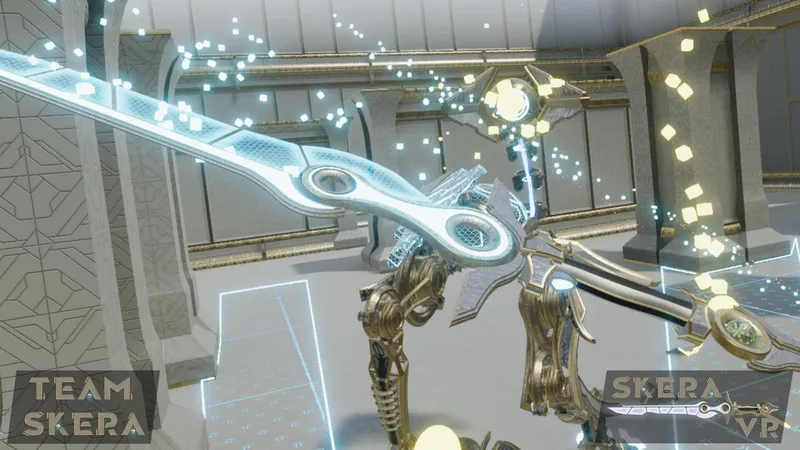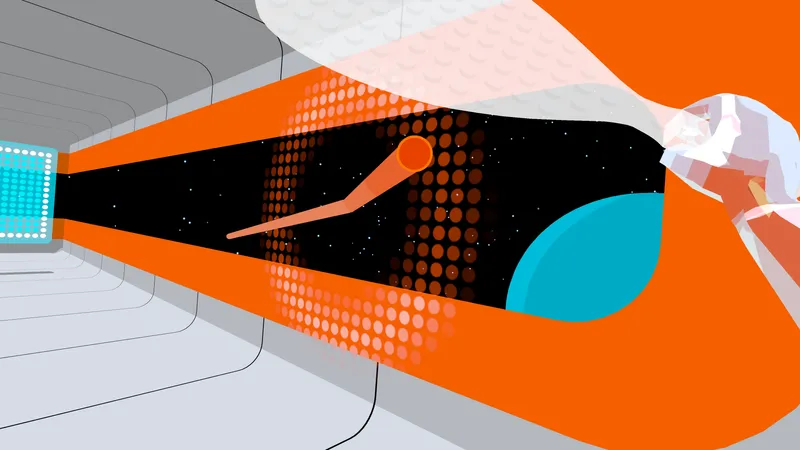A Microsoft representative said the industry’s current wave of VR headsets pitched to consumers “did not meet, in general, the high expectations that were set for them there.”
Greg Sullivan, director of communications for Microsoft’s Mixed Reality arm, said in an interview with UploadVR: “Interestingly, the immersive VR headsets were pitched as consumer devices and I think did not meet, in general, the high expectations that were set for them there. But what you’re seeing now is more and more commercial applications for those types of experiences.”
Sullivan’s words weren’t necessarily directed at Microsoft’s own line of Windows-based ‘Mixed Reality’ VR headsets. He said that the entire VR industry had experienced growing pains. “I think everybody got very excited about the prospects,” he said. “But we’re still seeing some of the realities.”
Indeed, most major consumer VR companies haven’t yet shared sales statistics for their headsets, despite being on sale for nearly three years. Factors like accessibility and the need for a high-powered PC have remained a consistent barrier to entry.
Microsoft itself partnered with the likes of Dell, Lenovo and Samsung to launch Windows VR devices in late 2017. They utilized inside-out tracking for VR that didn’t need external sensors. They also ran on the new Windows Mixed Reality platform and support SteamVR too. Around a year and a half on from launch, though, and these headsets are still a distant third to Rift and Vive in Steam’s monthly hardware survey reports. The Microsoft Store, meanwhile, has just 42 apps listed in its mixed reality section.
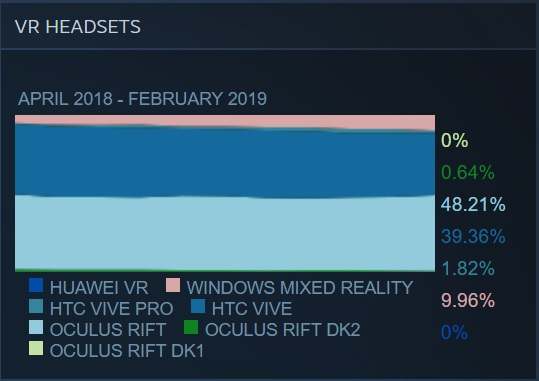
Sullivan reasoned that VR might find a new lease of life in the enterprise space. In our talk, he pointed toward the new HP VR headset that’s in the works as well as the numerous VR devices on the MWC show floor. “It happened with the original PC, it’s happened with cell phones and radios and microwave ovens and any number of technologies that were innovative but initially expensive, that found really strong return on investment and value in commercial scenarios and over time become consumer,” he added.
Despite the slow start, Sullivan insisted Microsoft remained committed to VR. From the sounds of it, though, most of its efforts will be centered around HoloLens 2 in the near future. “One of the things that we think is unique about our approach to this space is we don’t think about AR and VR as distinct categories, we think about them as two sides of the same coin,” Sullivan said. “They’re really two ends of the same continuum.”
Microsoft’s partners are iterating on Windows VR on their own, though. Samsung last year launched the Odyssey +, an improved version of its first headset with a better display. But we wouldn’t expect any sort of official ‘wave 2’ of Windows headsets anytime soon.
“You’ll see us focus a lot on HoloLens 2 in the commercial space in the near-term,” Sullivan said. “But it is not divorced from and is, in fact, it’s relatively coupled to those investments.”
Update: This story has been updated to better reflect Sullivan’s comments, which are generalized towards the wider VR industry rather than focused on Windows VR headsets in particular.

